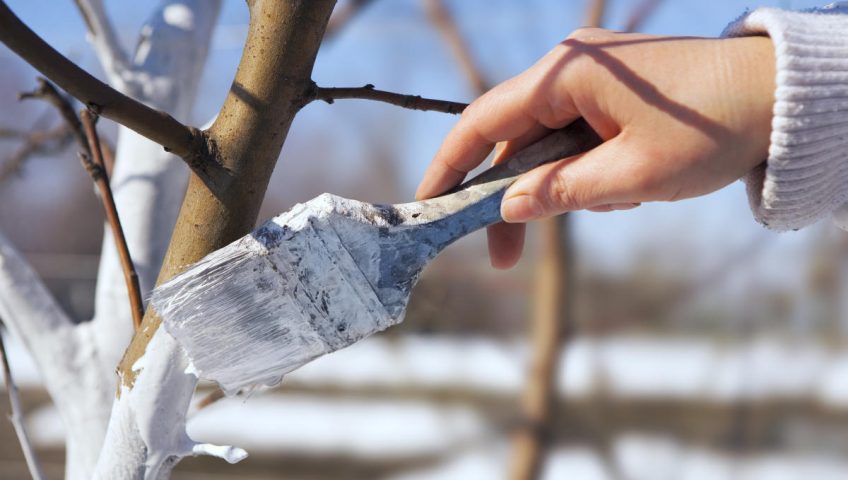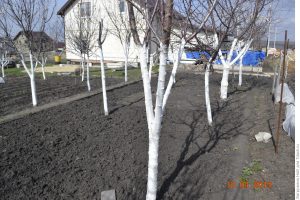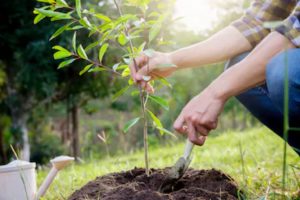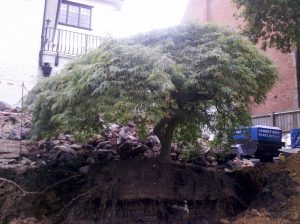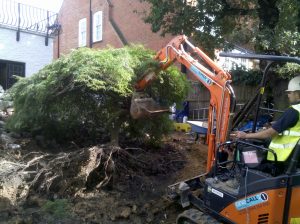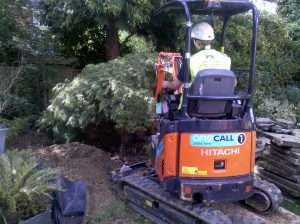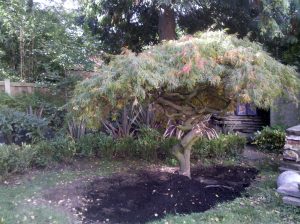Importance Of Maintenance of Trees in Urban Areas of North London
Many cities have implemented tree planting because of urban forests’ environmental and social benefits. Urban trees in yards, parks, streets and remnant parcels provide relaxation and serenity in urban design and landscape architecture for many years to come. Trees are an integral component of civic spaces that are well-recognized for their public value. Additionally, trees have many benefits, such as pollution absorption, stormwater mitigation, cooling of the atmosphere, reducing energy use and habitat provision.
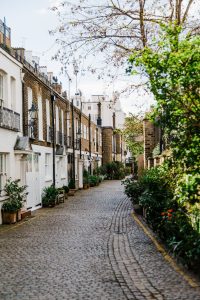
Trees are crucial in North London because they make urban areas of look healthier. Recent statistics show that London’s urban forest has an estimated number of 8.4 million trees which makes up 21 percent of the city’s land area. We cannot ignore the significance of trees in North London’s urban areas. In this blog, we shall reveal the importance of planting trees in urban areas of North London.
1. Humans Rely and Depend on Trees.
Humans rely on trees in many ways. Trees perform a critical role in the ecosystem, and their importance cannot be overstated. Unfortunately, the world’s tree population is dwindling due to deforestation and other environmental threats. This is why it’s more important than ever to protect and preserve our remaining forests. We must also plant new trees to help replace those that have been lost. By doing this, we can ensure that future generations will be able to enjoy the same benefits that we do today.
2. Trees Are the Lungs Of The Planet.
Trees are usually known as the world’s lungs for several reasons. According to research by Lancaster University Hewitt, trees can play a major role in improving air quality, particularly in large cities where air pollution is a serious problem. This pollution arises from burning fossil fuels and can reach dangerous concentrations in the largest cities and neighborhoods near highways and factories. Trees, therefore, help to remove the most dangerous air and remove harmful pollutants like particulate matter, which can cause respiratory problems.
3. Trees Also Help to Regulate Temperature and Moisture Levels.
Different tree species like willows, poplars and oaks have different effects on air quality, with some actually worsening the situation during hot weather. Overall, having more trees in cities can help to reduce the incidence of asthma and heart disease by improving air quality and providing essential environmental benefits.
4. Trees Provide Habitat to Wildlife.
Naturally, when trees are planted in urban areas, wildlife and other plants soon start. Trees in the urban ecosystem provide a habitat for a wide range of wildlife. In addition to shelter and food, trees offer many other benefits to animals, including a place to live, nest and raise young. By enhancing growth diversity, trees create an environment that allows the growth of plants that otherwise would not be there. Many species use flowers, fruits, leaves, buds and woody trees. Bacteria and fungi found in tree parts cause decay, making nesting easier for some birds and increasing soil fertility and structure. In short, trees provide habitat to many species of wildlife, making them an important part of the urban ecosystem.
5. Economic Benefits
Tree planting and maintenance support the efforts to recover natural destructions caused by humans in the past. This step has a huge impact on bringing a range of other benefits. Such benefits include creating good green jobs, boosting the economy and even reducing crime, according to the new research published by UK100.
The report indicates that a conservative estimate of the economic benefit of a tree range from £1,200 to £8,000. Using this model, planting 6,000 trees strategically located across a large English town would provide benefits of £48m over 50 years or nearly £1m per year.
The cost of an urban street tree starts at around £6 (excluding maintenance). The long-term economic benefits accrued over 50 years can be over £8,000 per tree.
6. Planting Trees Benefits People/Children.
A healthy tree can take care of your health and the future generation. A study by a TNC scientist reveals that time in nature—for example, taking a walk among the trees in a city park— will help reduce your anxiety and depression.
We’re drawn to green spaces, and for a good reason. The effect of a natural ecosystem provides people with a sense of calmness and happiness.
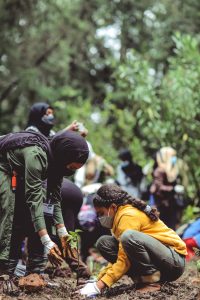
Another advantage is that it takes little time in nature for these soothing powers to kick in. You may have felt the benefits of a short walk or hike in your neighborhood. Since we are likely to walk around more when we access trees and parks, nature helps us lower cases of obesity. Children also retain more information while in school when they learn outdoors in green spaces.
Everyone’s heading to the cities. Urban sprawl is taking over. It is projected that with the increase in urbanization, there may be another 2.5 billion people in urban populations by the year 2050. However, with trees in urban places, people have a chance to enjoy nature without leaving their urban areas.
From 2006 to 2012, the UK lost 222,000 hectares of green space to urban sprawl, roughly equivalent to 22,000 football pitches. We now need our trees more than ever for future generations.
Final Take Away
As discussed, trees in urban areas help to improve air quality, reduce noise pollution, and provide essential shade and shelter from the hot sun. Trees also help to combat climate change by absorbing carbon dioxide and producing oxygen. In addition, they help to reduce flooding by slowing down the flow of rainwater. Furthermore, trees are an important source of food and habitat for species of birds and animals. The maintenance of trees is therefore essential for the health of trees and the environment. This includes regular pruning, watering, and mulching. It is also important to protect trees from pollution, traffic, and other sources of damage. By taking care of our urban trees, we can ensure t

